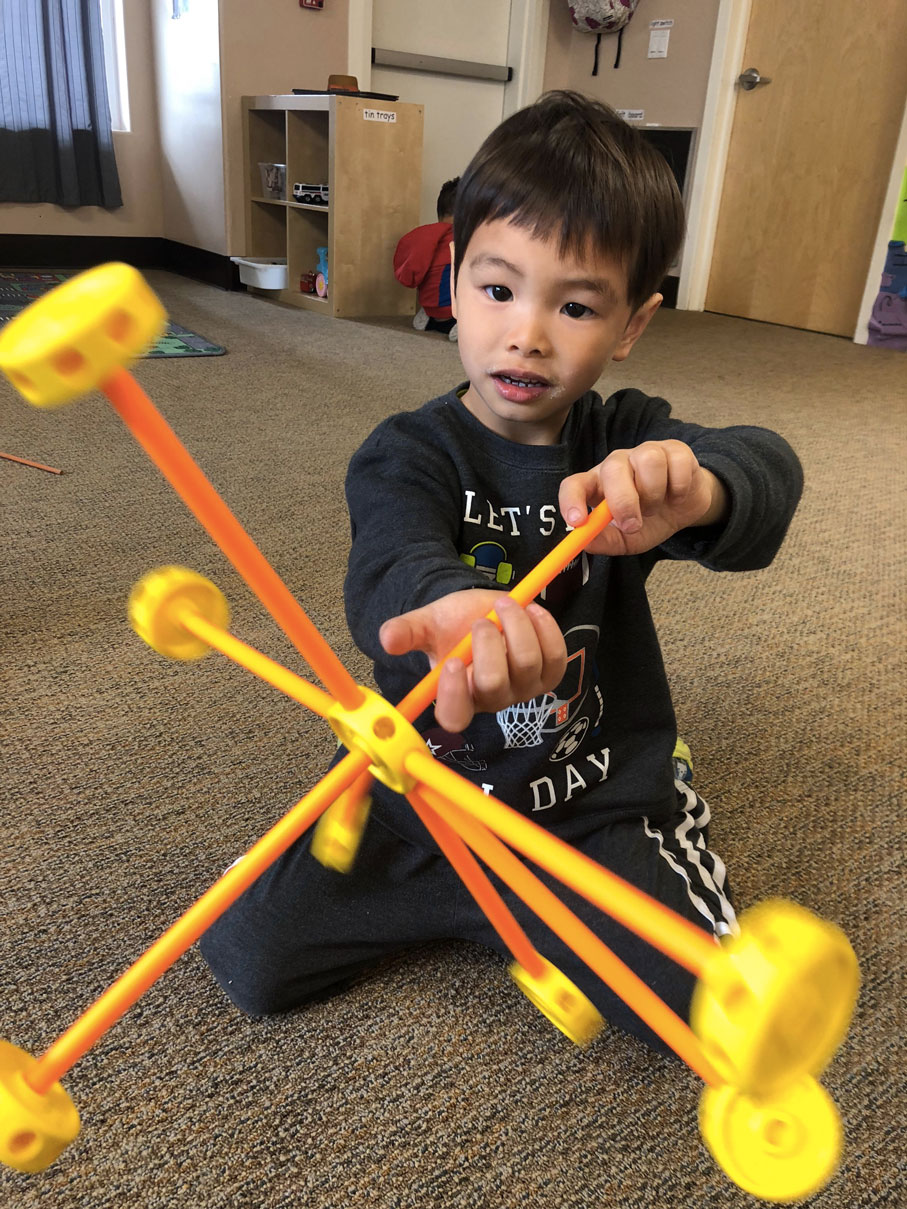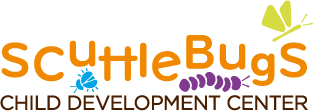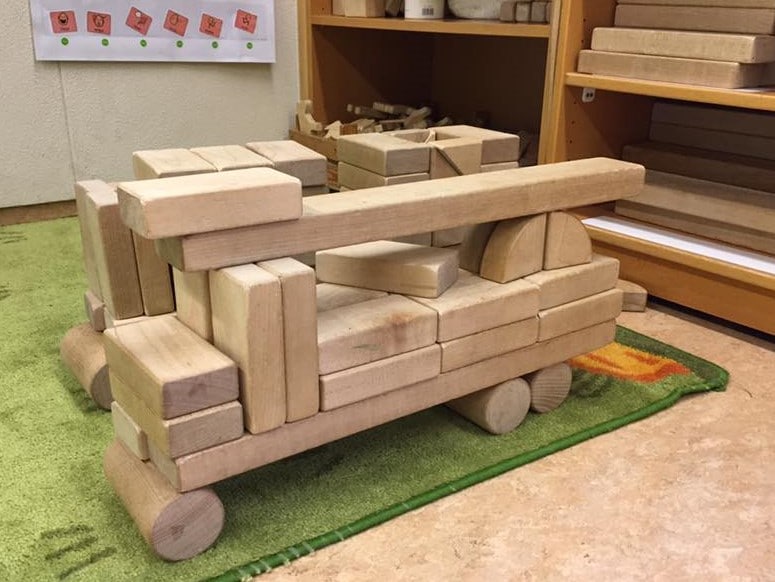To be an engineer one must have a certain set of skills. I mean I have a lot of skills and can do many things but I would not dare to think I could ever be an engineer. So why would I venture to say a five-year-old might already have honed in on the rudimentary skills needed to be an engineer? Because it is utterly and completely true! I dare go so far as to say that at ScuttleBugs, through playing with blocks, we are already training little hands and big minds to be engineers of the future.
Of course, the skills needed to be an engineer later in life will have been developed and fine-tuned through years of math and science studies but the essential components can take shape in an early childhood classroom with a set of nondescript wooden blocks.
The key elements of the engineering cycle are:
Ask — to identify the problem and others’ solutions
Imagine — to brainstorm and select a solution to test
Plan — to specify the design and materials
Create — to make and test a model
Improve — to ask how the design can be even better and start the cycle again.
The simple old fashioned blocks we have in our classrooms are perhaps one of the most important educational tools we can stock our classrooms with.* I will even say that block play can touch on almost all aspects of learning and development needed to succeed in almost any field later in life. Big words I know, but let me expand on them.

Research has shown that block play is very beneficial for physical, emotional, social and also for cognitive development. It includes symbolization and representation, directionality, the process of making comparisons, classification, following sequence and supports divergent thinking and logical reasoning.**
It has also been established that playing with blocks helps children develop their vocabularies, improves math skills, and they even learn about gravity, balance, and geometry. They learn how to describe colors, shapes, sizes, and positions as they build various structures. Some of the math skills they learn include area, size, order, space, shapes, numbers, mapping, patterns, measuring, fractions, operations, estimating, negative space, adding, one-to-one correspondence, and sequencing. All skills and knowledge that engineers use when developing a new prototype Tesla right?
But let’s not stop here, allow me to share even more with you about the benefits of our block corner. Blocks offer a great platform to develop problem-solving and reasoning skills. Through block play, children are free to follow their own ideas as they embark on a voyage of discovery or share in the development of their friends’ creations so increasing the ability to use their imaginations.*** Self-expression is important in building a positive self-image and belief in oneself. Through block play, children are able to express themselves through their creations and discoveries - a form of communication that’s particularly valuable for bilingual or non-verbal children.
Children can take risks in their block play, helping them to discover that they have independent ideas. They experience a sense of achievement as they ‘have a go’, creating and developing something new and unique. Block play promotes the development of spatial awareness and develops hand-eye coordination as children reach for, lift, move and build with blocks while also strengthening their fingers, hands, and arms. Blocks are loose parts, meaning children are free to combine and recombine them in countless ways. Adults can add extra resources such as cars, small world characters or paper, tape, and pencils to further extend opportunities for creativity. Block play allows children to co-construct and negotiate. They take turns, share materials and cooperate with others, forging new friendships. It also encourages self-reliance, increases attention span and develops their sense of self - all crucial personal social and emotional developmental benchmarks. Finally, the ever-important communication and literacy components of playing with blocks are influenced when children encounter new experiences through block play: there are countless opportunities for discussion and the development of new vocabulary. Social interaction with adults and peers unlocks further benefits while using blocks can support story creation and collaborative storytelling.
So when your children come home tomorrow and tell you that they played with blocks at ScuttleBugs rejoice in knowing…they could be honing their skills as a future engineer.
* Hirsh. E.S, (1996). The Block Book. National Association for the Education of Young Children; 3rd edition Washington, DC.
** MacDonald, S. (2001). Block Play. Gryphon House, Lewisville, NC.
*** Pollman, M.J, (2011).Blocks and Beyond: Strengthening Early Math and Science Skills Through Spatial Learning. Paul H Brookes Pub Co, Baltimore, MD.
For a more generic overview of ScuttleBugs Curriculum please click here.

